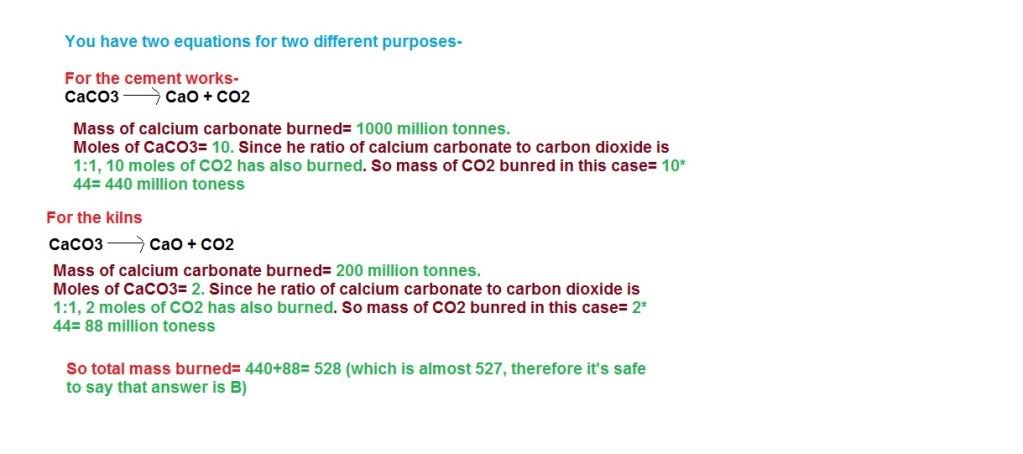- Messages
- 103
- Reaction score
- 28
- Points
- 28
How many isomers with the formula C5H10 have the structures that involve pi bonding?
A- 3
B- 4
C- 5
D- 6
shouldn't the answer be 2? But there is no option 2, so it can't be. What is the answer and why?
---
The products obtained by cracking an alkane, X, are methane, ethene, and propene.
The mole fraction of ethene in the products is 0.5.
What is X?
A- C6H14
B- C8H18
C- C9H20
D- C11H24
How do you calculate this?
A- 3
B- 4
C- 5
D- 6
shouldn't the answer be 2? But there is no option 2, so it can't be. What is the answer and why?
---
The products obtained by cracking an alkane, X, are methane, ethene, and propene.
The mole fraction of ethene in the products is 0.5.
What is X?
A- C6H14
B- C8H18
C- C9H20
D- C11H24
How do you calculate this?
